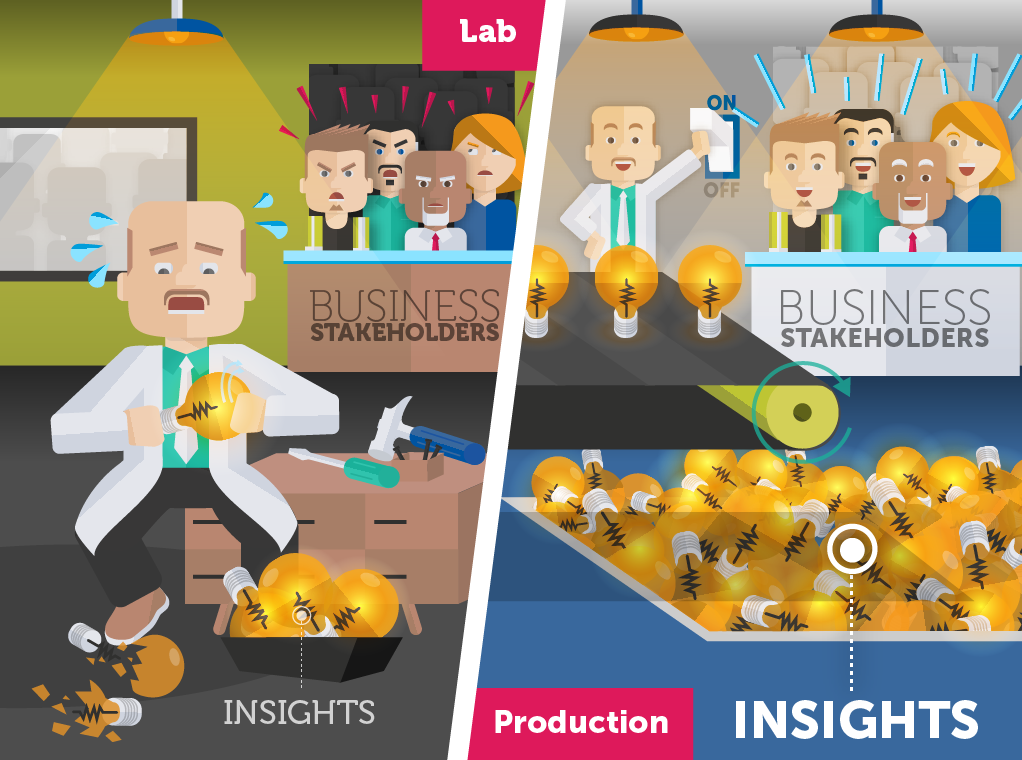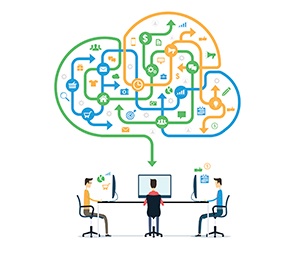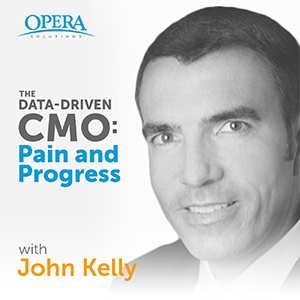Online shoppers are getting antsy. They’re spending less time thinking about purchases before buying — or leaving a site — and drastically shrinking marketers’ opportunity time. We explore the latest trends in online personalization — and how to keep up.
We spend a lot of time talking about personalization in marketing. That’s because it’s both the most profitable way for our customers to leverage artificial intelligence and the most challenging. A new paper by Seth Earley, published in IEEE’s November/December issue of IT Professional, lays out some of these challenges and addresses how best to overcome them.“AI-Driven Analytics at Scale: The Personalization Problem” touches on many of the issues our customers face every day, including maximizing data scientists’ time, developing use cases in a timely fashion, and even using a Signal Layer to help expedite the process. It also cites a new study that examines exactly how much time companies must apply their personalization insights in a real-time setting.












